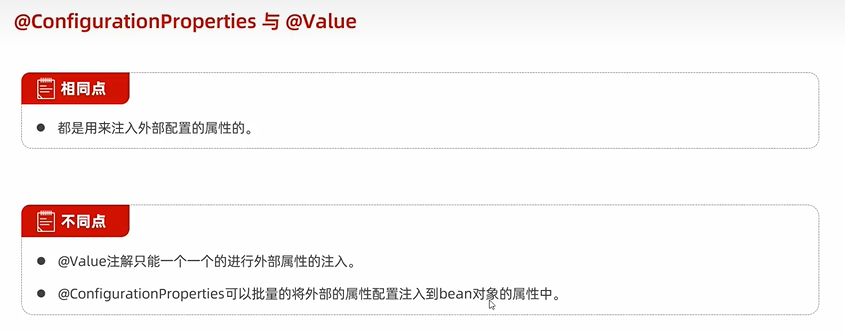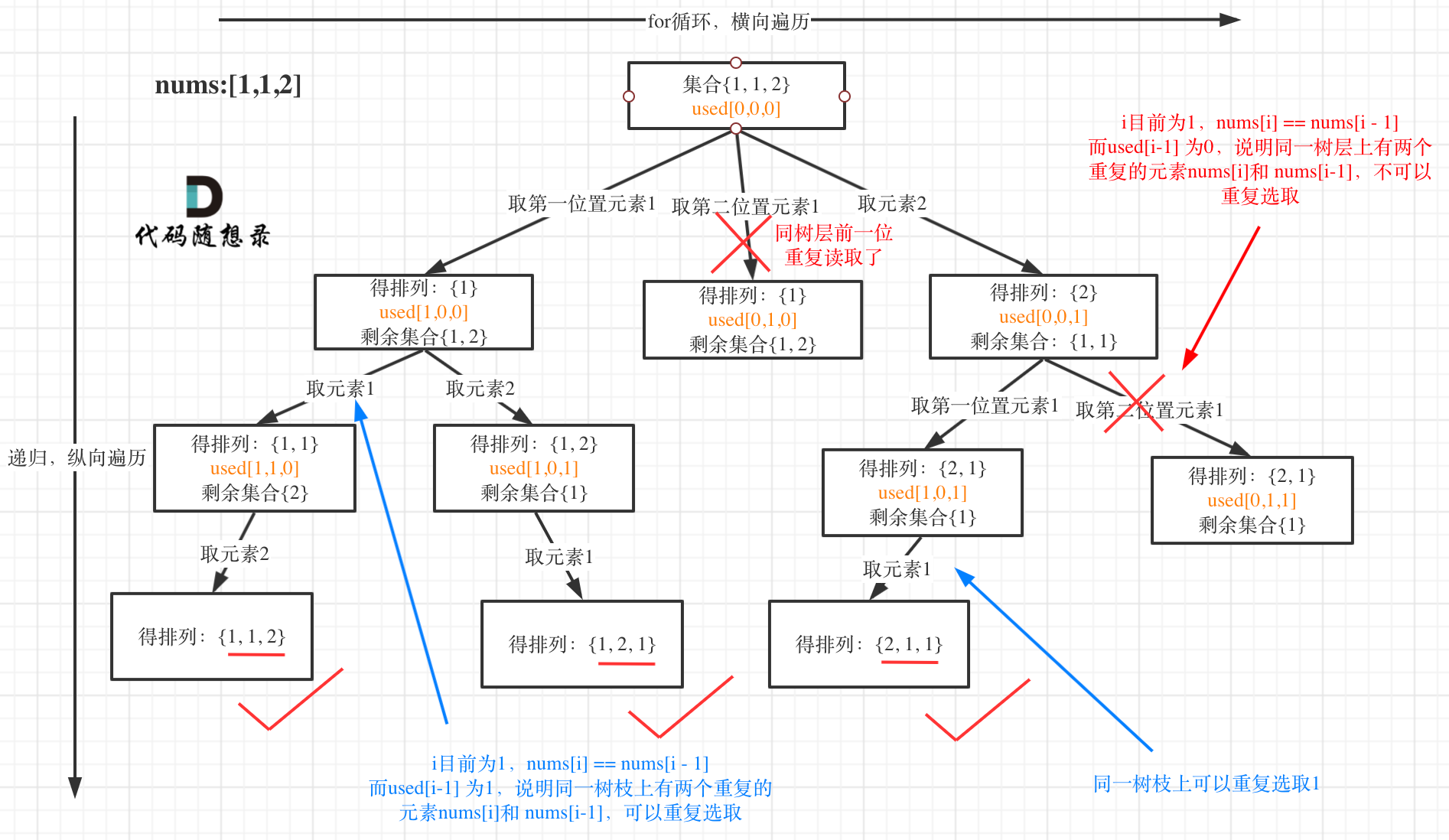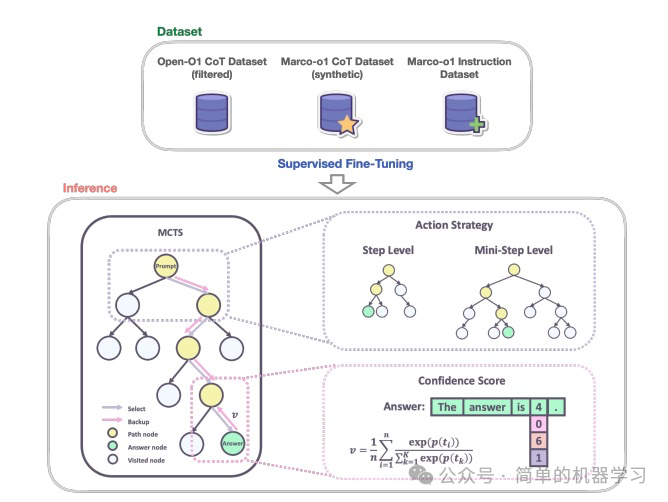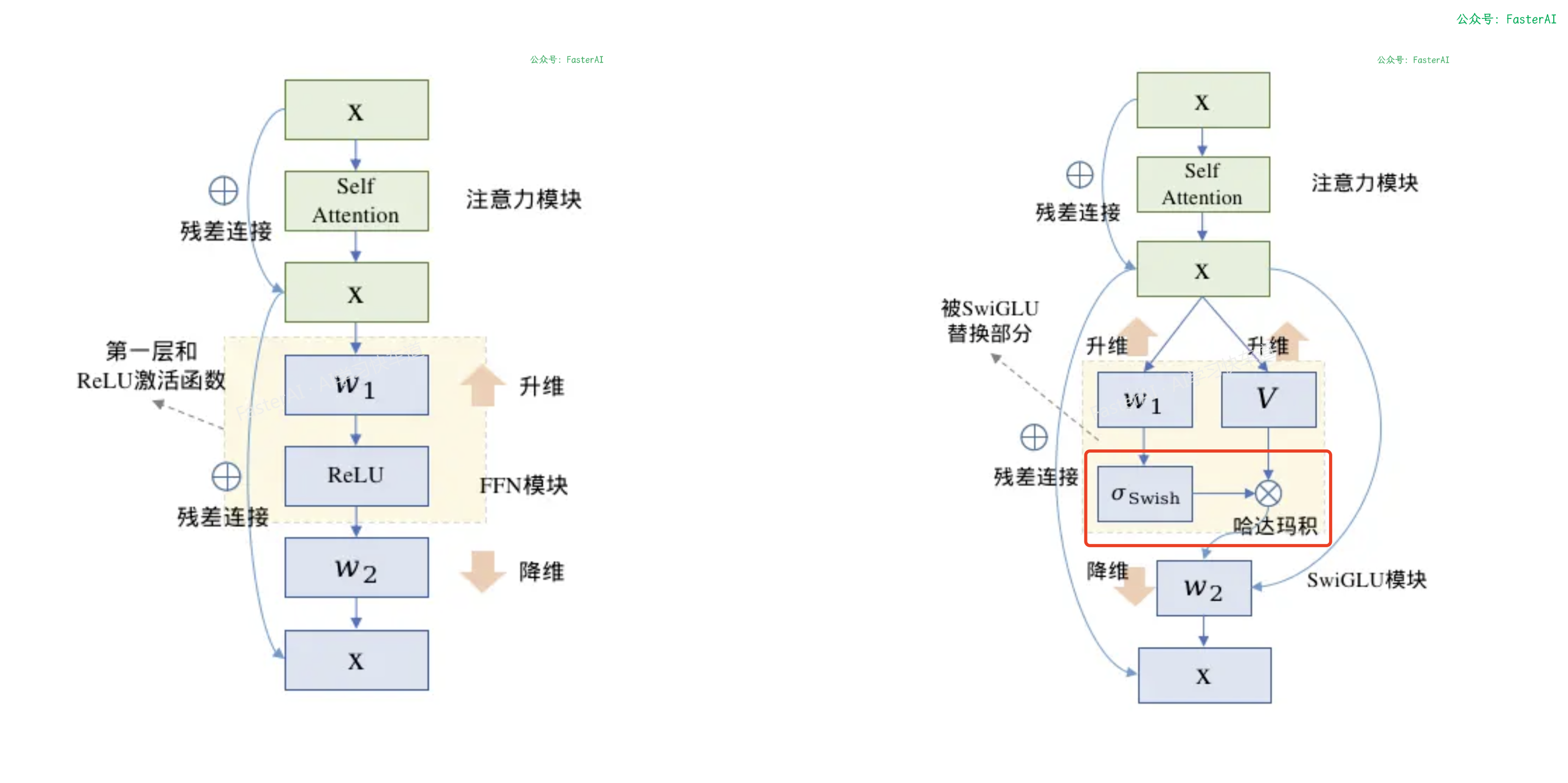本次给大家整理的是《Journal of Urban Technology》杂志2024年第31卷第2期的论文的题目和摘要,一共包括6篇SCI论文!

论文1
Aerial Video Surveillance in a Megacity: A Case Study in Santiago, Chile
大城市中的空中视频监控:智利圣地亚哥的案例研究
【摘要】The growth of gated communities and the omnipresence of video surveillance have changed urban life considerably in the last decades. Especially in cities governed by neoliberal public policies and widespread fear of crime, residents search for security, social status, and shared services in fortified enclaves where video cameras watch everybody who enters their premises. These developments are not restricted to private space, and affluent neighborhoods in megacities are eager to adopt a wide range of surveillance technology to protect their citizens. Eight years ago, the affluent municipality of Lo Barnechea in the metropolitan region of Santiago, Chile, installed a surveillance balloon in a residential area. The local security forces currently operate six balloons, and residents have become accustomed to the ever-present gaze of aerial video cameras. This article contrasts the presence of this technology in a megacity against different perspectives on surveillance and urbanism. A consideration of its panoptic features leaves an unsatisfactory explanation. Citizens actively participate in generating public policies and smart technology for public safety, as is characteristic of a maximum security society. The surveillance balloons have become a sustainable element in the urban landscape and an appreciated part of the social fabric of the residential neighborhoods.
【摘要翻译】
围绕围合社区的增长和视频监控的普及,城市生活在过去几十年中发生了显著变化。特别是在那些由新自由主义公共政策治理和普遍犯罪恐惧笼罩的城市中,居民寻求在强化的社区中获得安全、社会地位和共享服务,这些社区通过视频摄像头监视每一个进入其场所的人。这些发展不仅限于私人空间,富裕的城市社区也急于采纳各种监控技术以保护其公民。八年前,智利圣地亚哥大都市区富裕的洛巴尔内赫亚市在一个住宅区安装了一个监控气球。当地安全部队目前运营着六个气球,居民们已经习惯了这些空中摄像头的无处不在。本文对比了这种技术在大城市中的存在与不同的监控和城市主义视角。对其全景特征的考虑提供了不满意的解释。公民积极参与制定公共政策和智能公共安全技术,这一特点表现了最大安全社会的特征。监控气球已成为城市景观中的一个可持续元素,并成为住宅区社会结构中受欢迎的一部分。
【doi】https://doi.org/10.1080/10630732.2024.2309516
【作者信息】
Elwin van ‘t Wout,荷兰代尔夫特理工大学,智利天主教大学数学与计算工程学院
Ismael Aguirre Molina,社会人类学家,智利天主教大学
论文2
China’s Urban Waste Resource Management Systems: A Case of the Yangtze River Basin
中国城市废物资源管理系统:以长江流域为例
【摘要】Urban waste management is vital for environmental protection and sustainable development. Understanding the characteristics and innovative paths of waste management systems in the Yangtze River Delta urban cluster is of significant importance. Analyzing 285 policies implemented from 2003 to 2022, the research employs methods like stage evolution text quantification and network structure analysis to reveal distinct characteristics of policy evolution in urban waste management. The study identifies a four-stage pattern of policy development: policy pilot stage, policy implementation stage, policy regulation stage, and policy dissemination stage. The findings highlight an increasing diversification of policy initiators and improvements in multisector collaboration. The central government plays a pivotal role in guiding urban waste management, while local governments follow suit through demonstration, indicating a preference for individual local autonomy over horizontal joint management.
【摘要翻译】
城市废物管理对环境保护和可持续发展至关重要。了解长江三角洲城市群废物管理系统的特点和创新路径具有重要意义。通过分析2003年至2022年实施的285项政策,研究采用了阶段演变文本量化和网络结构分析等方法,揭示了城市废物管理政策演变的独特特点。研究发现,政策发展呈现出四个阶段的模式:政策试点阶段、政策实施阶段、政策规范阶段和政策推广阶段。结果表明,政策发起者的多样性增加,多部门协作有所改善。中央政府在指导城市废物管理方面发挥了关键作用,而地方政府通过示范跟进,表明了对个别地方自主权的偏好,而不是横向的联合管理。
【doi】https://doi.org/10.1016/j.scs.2024.105559
【作者信息】
Xinzhi Wang,中国天津科技大学管理学院
Yan Tang,中国天津科技大学管理学院Jiong Li,中国石油工程项目管理公司
论文3
The Neuro-Cognitive Approach to Urban Planning: Wayfinding Behavior Analysis and its Effect on Urban Planning
城市规划的神经认知方法:路径寻找行为分析及其对城市规划的影响
【摘要】This study analyzed the urban wayfinding of people. A virtual city was designed for the study. A total of 712 people (358 men and 354 women) participated in the project. The virtual reality (VR) system allowed participants to navigate the virtual city. An electroencephalography (EEG) device was employed to measure the brain waves of participants during their wayfinding action, while eye-tracking (ET) devices were used to determine where the participants were looking. In addition, software developed for this study was used to determine the amount of time participants spent in certain parts of the city. Much more data were obtained by using different analysis techniques. In the study, the narrow streets negatively affected people's wayfinding behavior, while it was also found that the participants had difficulty finding their way around high buildings. In addition, people found wayfinding easy in wide streets. It is thought that the study will bring a different dimension to both urban design and architectural design disciplines.
【摘要翻译】
本研究分析了人们在城市导航中的表现。为此设计了一个虚拟城市,共有712人(358名男性和354名女性)参与了项目。虚拟现实(VR)系统允许参与者在虚拟城市中导航。同时,使用脑电图(EEG)设备测量参与者在导航过程中的脑电波,眼动追踪(ET)设备则用于确定参与者的视线位置。此外,还使用为本研究开发的软件来确定参与者在城市某些区域的停留时间。通过不同的分析技术获得了更多数据。研究发现,狭窄的街道对人们的导航行为产生了负面影响,而参与者在高楼周围找路也存在困难。此外,人们在宽阔的街道中发现导航较为容易。研究预计将为城市设计和建筑设计领域带来新的视角。
【doi】https://doi.org/10.1080/10630732.2023.2289144
【作者信息】
İlker Erkan,建筑学院,苏莱曼·德米雷尔大学,土耳其
论文4
Smart Cities Indicators: How Regional Context and Its Stakeholders Are Essential to Name “The” Smart City
智慧城市指标:区域背景及其利益相关者如何在命名“智慧城市”时至关重要
【摘要】Despite various definitions of Smart Cities (SCs), it is challenging to characterize what “the best” Smart City would be. This is demonstrated by various frameworks of indicators and rankings, which present different cities as the smartest. This article aims to contribute to the understanding of concepts of SCs, focusing on 21 indicator frameworks, which were studied through text analysis and text mining techniques. The indicator frameworks were researched as units of analysis through an inductive interpretive approach. Frameworks of different regions (Europe, Asia, North and Latin America) were analyzed, and their results indicate that these frameworks are not immune to contextual factors affecting cities. They present categories and indicators that are, on the one hand, very similar, indicating an isomorphic trend, and, on the other, very different from each other due to the contextual influence of the environment and the stakeholders involved. The unprecedented contribution of this article is to show, using statistical analysis, that naming “the” SC would be an ineffectual task.
【摘要翻译】
尽管有多种智能城市(SC)的定义,但很难确切描述“最佳”智能城市的标准。这一点从各种指标框架和排名中可以看出,它们将不同的城市评选为最智能城市。本文旨在通过对21个指标框架进行研究,促进对智能城市概念的理解,这些框架通过文本分析和文本挖掘技术进行研究。这些指标框架作为分析单元,通过归纳解释的方法进行研究。研究了不同地区(欧洲、亚洲、北美和拉丁美洲)的框架,结果表明这些框架并未免受影响城市的背景因素的影响。它们提出的类别和指标一方面非常相似,显示出同构趋势;另一方面,由于环境背景和利益相关者的影响,它们又彼此存在很大的差异。本文的前所未有的贡献在于,通过统计分析展示了命名“智能城市”的任务将是徒劳的。
【doi】https://doi.org/10.1080/10630732.2024.2306451
【作者信息】
Jairo Cardoso de Oliveira,商学院研究生项目,圣保罗九月大学,巴西
Marcos Rogerio Mazieri,商务管理研究生项目,圣保罗九月大学,巴西Claudia Terezinha Kniess,政治、经济与商业项目,圣保罗联邦大学,巴西
论文5
Informational Modeling of Cities: Method and Challenges for Institutional Implementation
城市的信息化建模:方法及其在机构实施中的挑战
【摘要】Although cities are increasingly permeated by information and communication technologies (ICTs), these urban centers still face theoretical and practical obstacles regarding the application of 3D technologies as a tool for urban planning and management. This study aims to ontologically structure an informational model as an urban management tool and assess the perceived challenges for implementing this model in the municipal public management of Curitiba, Brazil. The study was carried out through the collective subject discourse, the interviews’ thematic saturation, and Delphi techniques. The results indicate that the technical capacity, technological infrastructure, and financial resources for the development of a city information modeling (CIM) exist, although its activation for such development depends on a more significant political and managerial entrepreneurship in the decision-making in arrangements of multilevel governance, and, consequently, there is a need to develop public policies for staff training to stimulate and promote advanced technological innovations for urban management and planning. Implementing a CIM in large cities seems to face more management and planning problems due to the lack of institutional ontologies than technological, infrastructural, or knowledge limitations.
【摘要翻译】
虽然城市越来越多地被信息和通信技术(ICT)渗透,但这些城市中心在将3D技术作为城市规划和管理工具的应用上仍面临理论和实际障碍。本研究旨在本体上构建一个信息模型作为城市管理工具,并评估在巴西库里提巴市市政公共管理实施该模型所面临的挑战。研究通过集体主题话语、访谈的主题饱和度和德尔菲技术进行。结果表明,存在开发城市信息建模(CIM)所需的技术能力、技术基础设施和财务资源,但其激活依赖于在多层次治理安排中的更大政治和管理企业,并且需要制定公共政策以培训人员,刺激和推广城市管理和规划的先进技术创新。在大城市实施CIM似乎面临的更多是管理和规划问题,而不是技术、基础设施或知识限制。
【doi】https://doi.org/10.1080/10630732.2024.2328128
【作者信息】
Augusto Pimentel Pereira,巴西,巴拉那州,库里提巴,FAE大学中心
Mario Prokopiuk,城市管理项目,巴西库里提巴,巴拉那州,圣保罗天主教大学(PUCPR)
论文6
Urban Resilience Through Cognitive Computing Systems
通过认知计算系统实现城市韧性
【摘要】Global urbanization and heat-related fatalities are rapidly increasing, while the full potential of advanced information technologies to mitigate urban heat has not yet been used by city planners and policymakers. Cognitive computing systems (CCSs), which mimic human information processing and reasoning abilities, can transform how cities strategize and operate. In this commentary, we develop a framework and outline future research directions to understand the disconnect between a strategic and operational CCS, which can facilitate an effective interplay between urban policy (e.g., framing alternative policies) and urban technology (e.g., engaging local communities with data generated by sensor networks).
【摘要翻译】全球城市化和与热相关的死亡率正在迅速增加,而先进信息技术在缓解城市热岛效应方面的全部潜力尚未被城市规划者和决策者充分利用。认知计算系统(CCS)模仿人类的信息处理和推理能力,能够改变城市战略和运作方式。在这篇评论中,我们开发了一个框架,并概述了未来的研究方向,以理解战略性和操作性CCS之间的脱节,这可以促进城市政策(例如,制定替代政策)与城市技术(例如,利用传感器网络生成的数据与当地社区互动)之间的有效互动。
【doi】https://doi.org/10.1080/10630732.2024.2317767
【作者信息】
Kenan Degirmenci,昆士兰科技大学,科学学院,信息系统学院,乔治街2号,布里斯班QLD4000,澳大利亚
Kevin C. Desouza,昆士兰科技大学,商学院与法学院,管理学院,乔治街2号,布里斯班QLD4000,澳大利亚Richard T. Watson,数字前沿伙伴,4/350 Collins Street,墨尔本VIC3000,澳大利亚



















